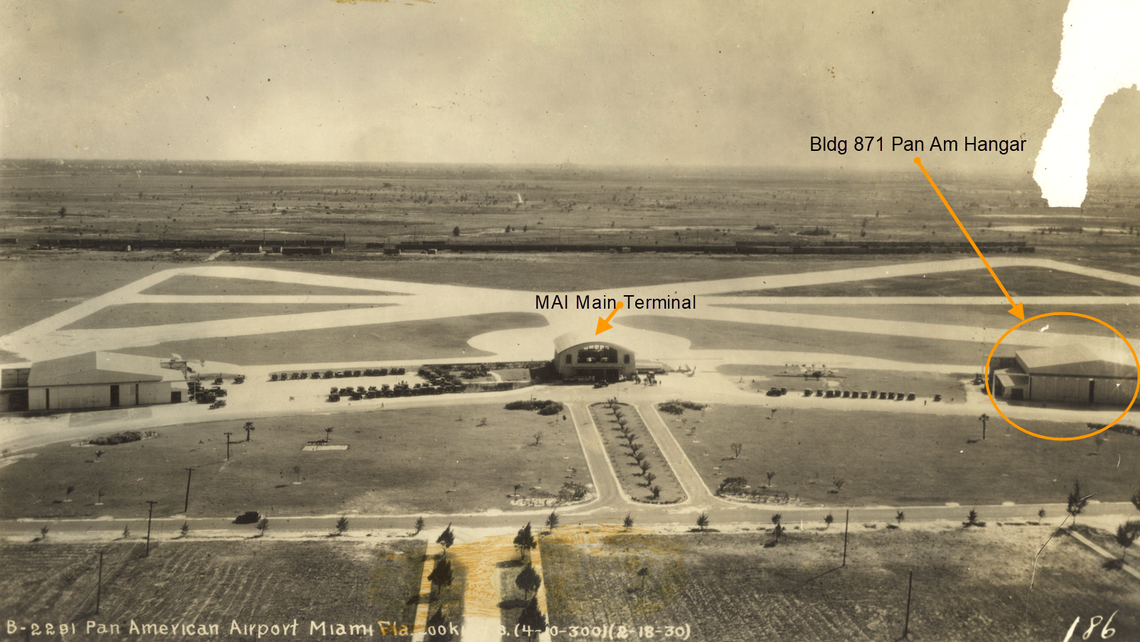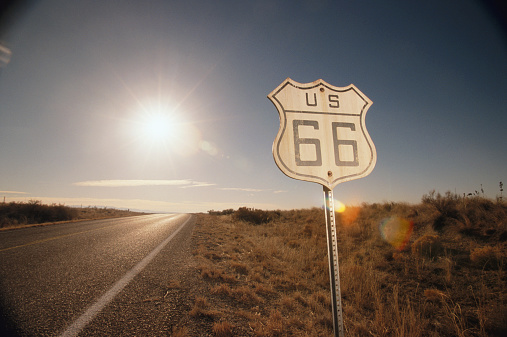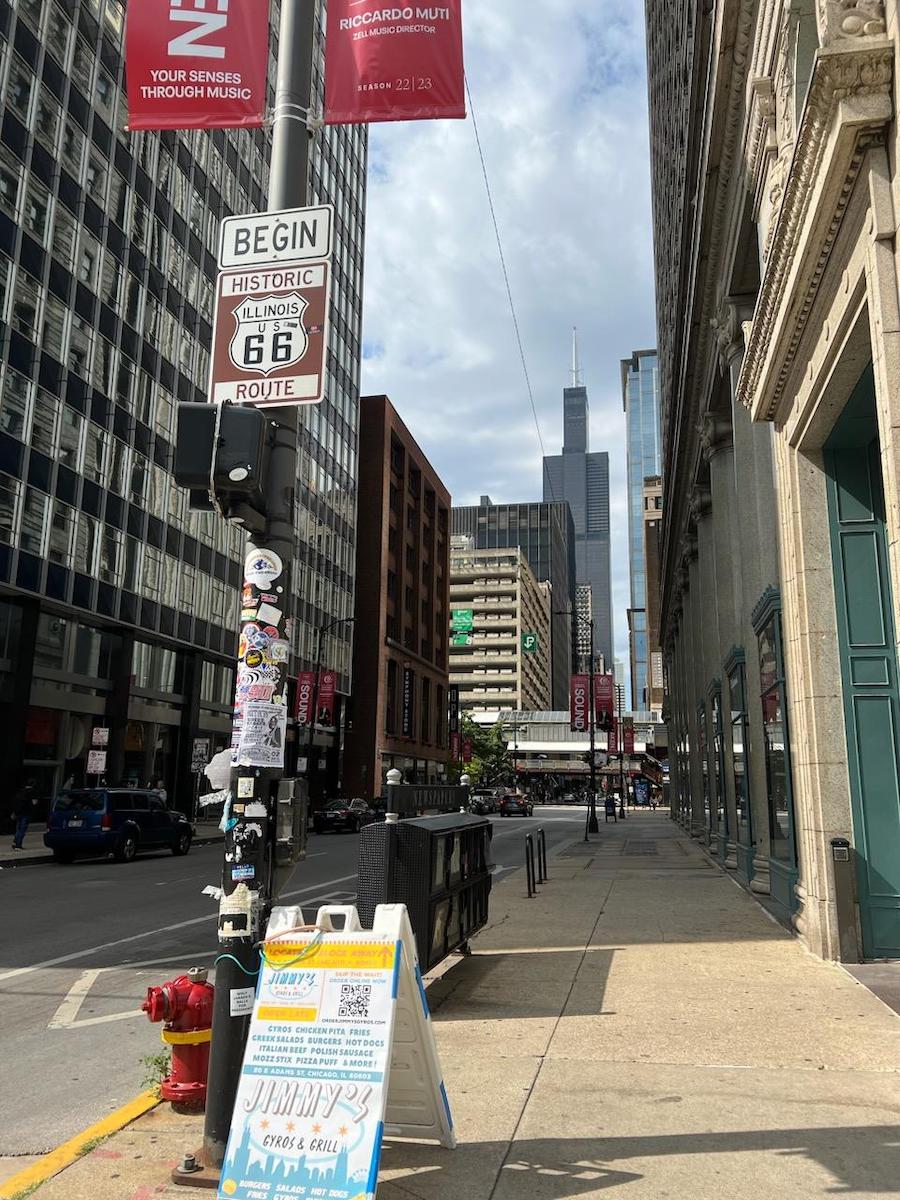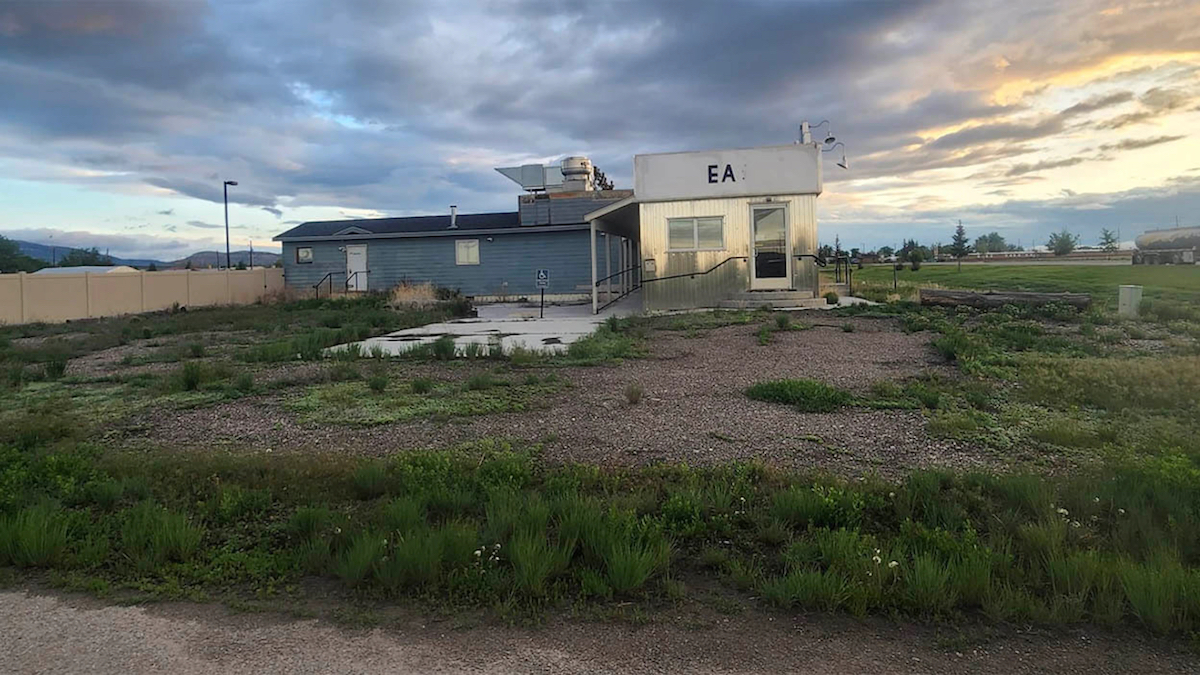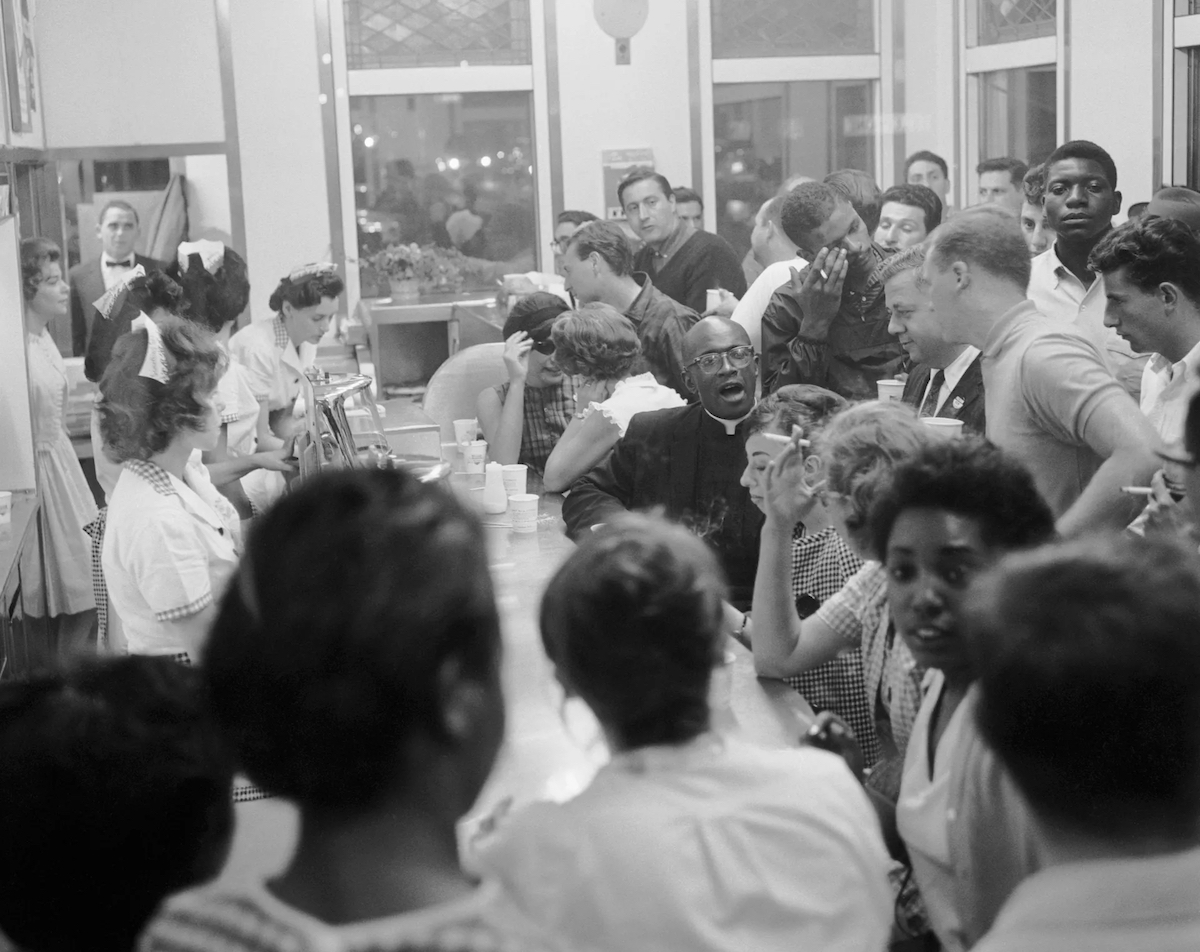Pan Am once ruled the skies. Will Miami airport save airline’s historic buildings?
A 1930 aerial photograph shows Pan American Airway’s original terminal, at center, off Northwest 36th Street at what is now Miami International Airport. A 1927 Pan Am hangar, at right, is today the sole surviving building from the airport’s beginnings as Pan American Airport. Courtesy Miami Air International
From the Miami Herald: Long gone but not quite forgotten, Pan American Airways once dominated international airplane travel — a business the pioneering company created and developed out of a hangar at a little airfield its founder built on a farm field on Miami’s outskirts in 1928.
Today the airfield is known as Miami International Airport. And, unbeknownst to all but a few insiders, the hangar that gave rise to Miami’s famed airport still survives, having outlived Pan Am by 32 years in fully functional fashion. MIA building 871, originally known as Pan Am Airport’s Hangar 5, now serves a Miami air charter company that has counted the Miami Heat and the U.S. military as frequent flyers.
As it nears its centennial, however, the hangar’s days may be numbered. It’s been designated by airport officials for eventual demolition and replacement.
Legislation designating Route 66 a National Historic Trail reintroduced
Route 66 would become a National Historic Trail under proposed legislation. Eric O’Connell/Getty Images
From the Journal-Courier: Route 66 would become a National Historic Trail under legislation reintroduced by U.S. Reps. Darin LaHood of Illinois and Grace Napolitano of California.
Congressmen Jake LaTurner of Kansas and Joe Neguse of Colorado have joined LaHood and Napolitano as co-sponsors.
Route 66 was one of the United States’ original numbered highways. It originally ran 2,448 miles from Chicago to Santa Monica, California, but was removed from the U.S. highway system in 1985.
Route 66, America’s ‘Mother Road,’ readies for its centennial
Route 66, the iconic American highway, became a national road linking Chicago to San Francisco in 1926. Courtesy of Denise Bennett/Stateline
From Stateline: From its earliest days, Route 66 has reflected the American culture of the moment.
When the road connected Chicago to Los Angeles in 1926, it represented the possibility of the automobile. In the 1930s, it served as an east-to-west escape route from the Dust Bowl during the Great Depression. By the 1950s, the 2,400-mile highway lured travelers with the post-World War II promise of adventure on the open road. And as the era of interstate highway driving dawned, Route 66 began to reflect a yearning for a time when a journey was about more than the destination.
Now the eight states traversed by America’s defining highway are getting it ready for its 100th anniversary, in 2026. States are handing out grants to restore vintage neon signs along the highway. They’re installing shoulders to make the road safer for bicyclists and improving signage to make the route more obvious through cities. And they’re installing charging stations that will make it easier to travel the entire length in an electric vehicle.
New York’s Famous Moondance Diner Now Sits Empty In Tiny LaBarge, Wyoming
Moondance Diner Photo taken June 15, 2023 (Courtesy, Ben Reynolds)
From Cowboy State Daily: A downturn in the oil and gas industry in LaBarge, Wyoming, in 2012 has left the famous Moondance Diner without a dancing partner.
The diner, which has credits in television and movies that include “Spiderman,” “Sex and the City,” and more recently Netflix’s “Tick, Tick Boom!” was moved to Wyoming from its SoHo, New York, home by Cheryl and Vince Pierce in 2007.
But the diner closed up shop in 2012 after a series of misfortunes, including a snowstorm that caved in its roof, requiring a complete repair of the entire structure.
Turns out, the diner wasn’t built with Wyoming winters in mind.
The Myth of the American Diner
The Congress of Racial Equality (CORE) staged a sit-in on July 13, 1963, at the White Castle diner in the Bronx. Bettmann/Getty
From Eater: Ann Redding, co-owner of New York City’s Thai Diner, was thrilled the day she saw an old man plop down at the counter with a newspaper. “I was like, It’s official, we’re a diner!” she says. Thai Diner mashes up diner eating with Thai food, serving traditional dishes like tom yum soup next to fries smothered in massaman curry. “We’re not doing anything really groundbreaking here,” she says. “We’re just taking the cuisine and my heritage, and just applying it to that model that seems to have worked for so long.”
There is probably no such thing as a place for everyone. But the diner has been considered a model of culinary democratization in the American public consciousness since its earliest days as a horse-drawn food cart selling sandwiches and coffee. At the prototypical American diner, the story goes, workers and students and the unemployed could all rub shoulders with one another, as long as they had a few cents for a meal. Diners have become synonymous with these other images — the working class, the small-town community center, a place for “real” Americans free of frills and ostentation, and most of all, a place for “everyone.” For politicians and celebrities, or anyone looking to (as New York Gov. Kathy Hochul tweeted last year) “meet the most interesting people” over eggs and iced tea, this is what is being evoked. Such that it doesn’t matter whether diners, in their current state, are actually those things.



